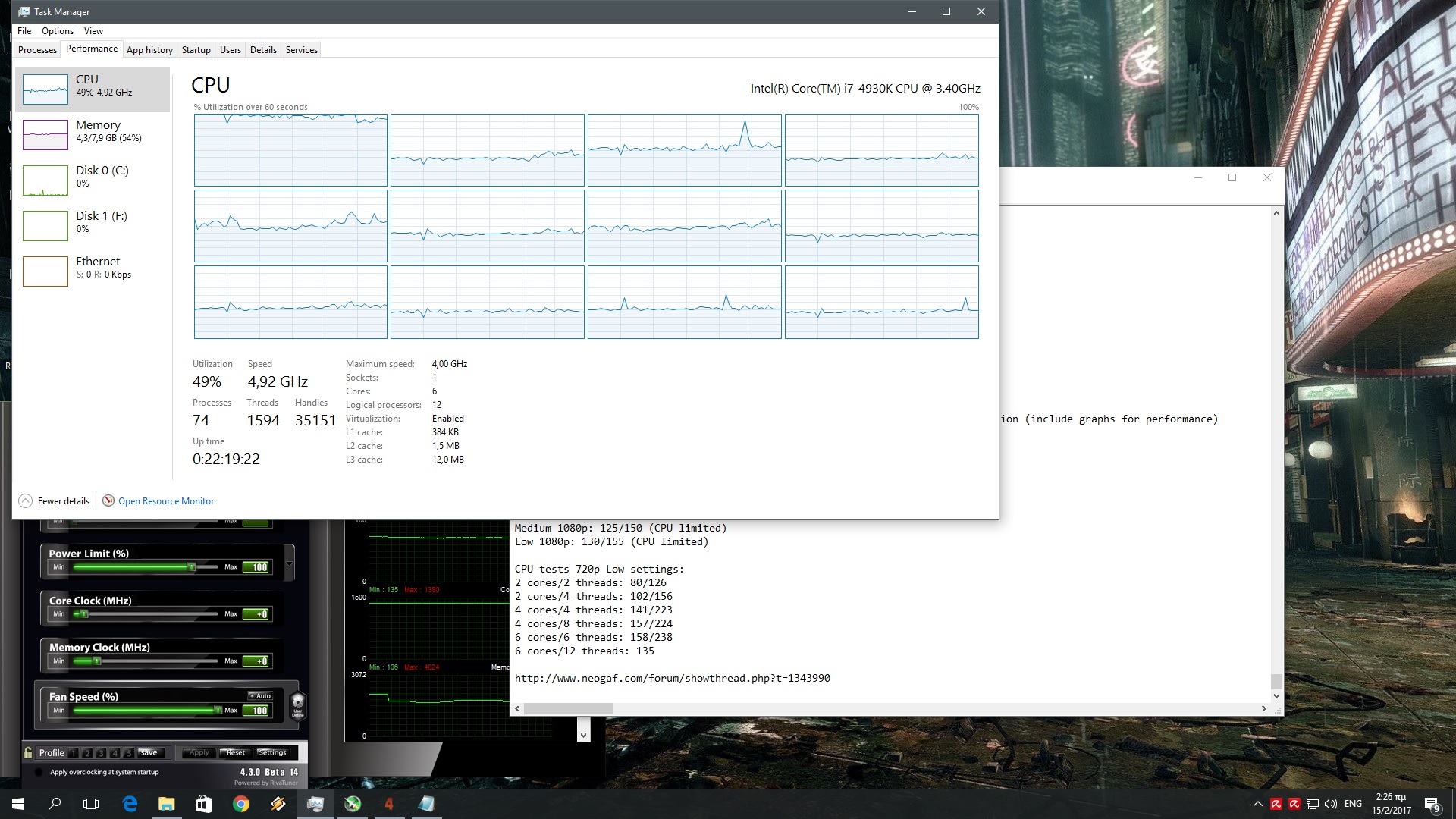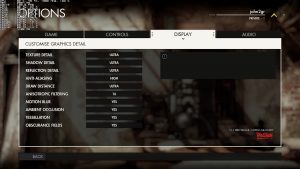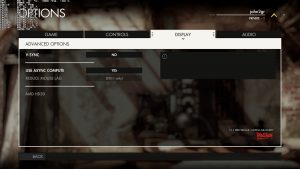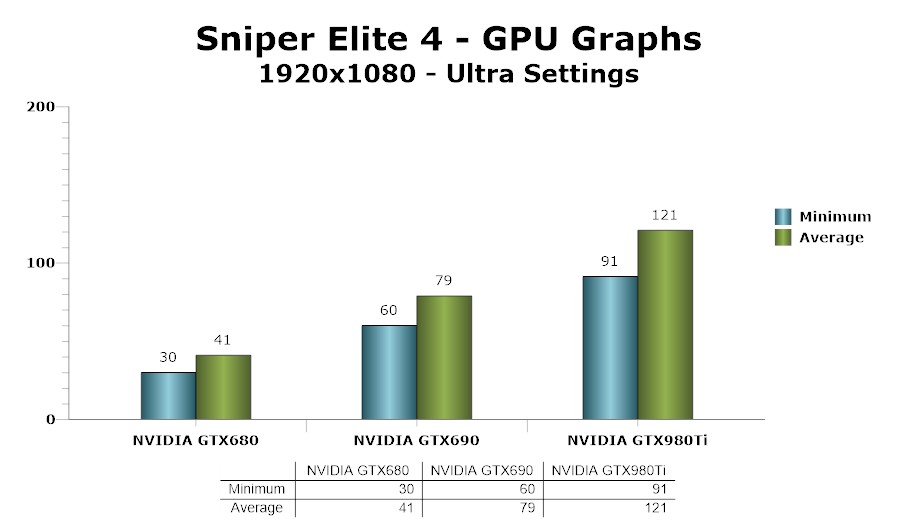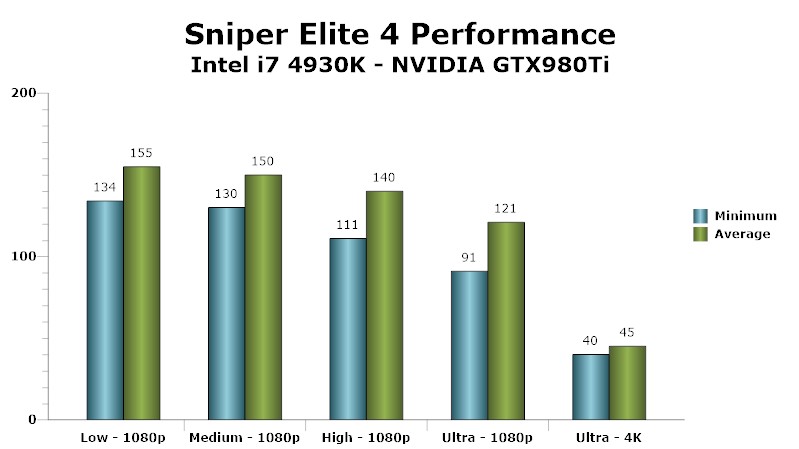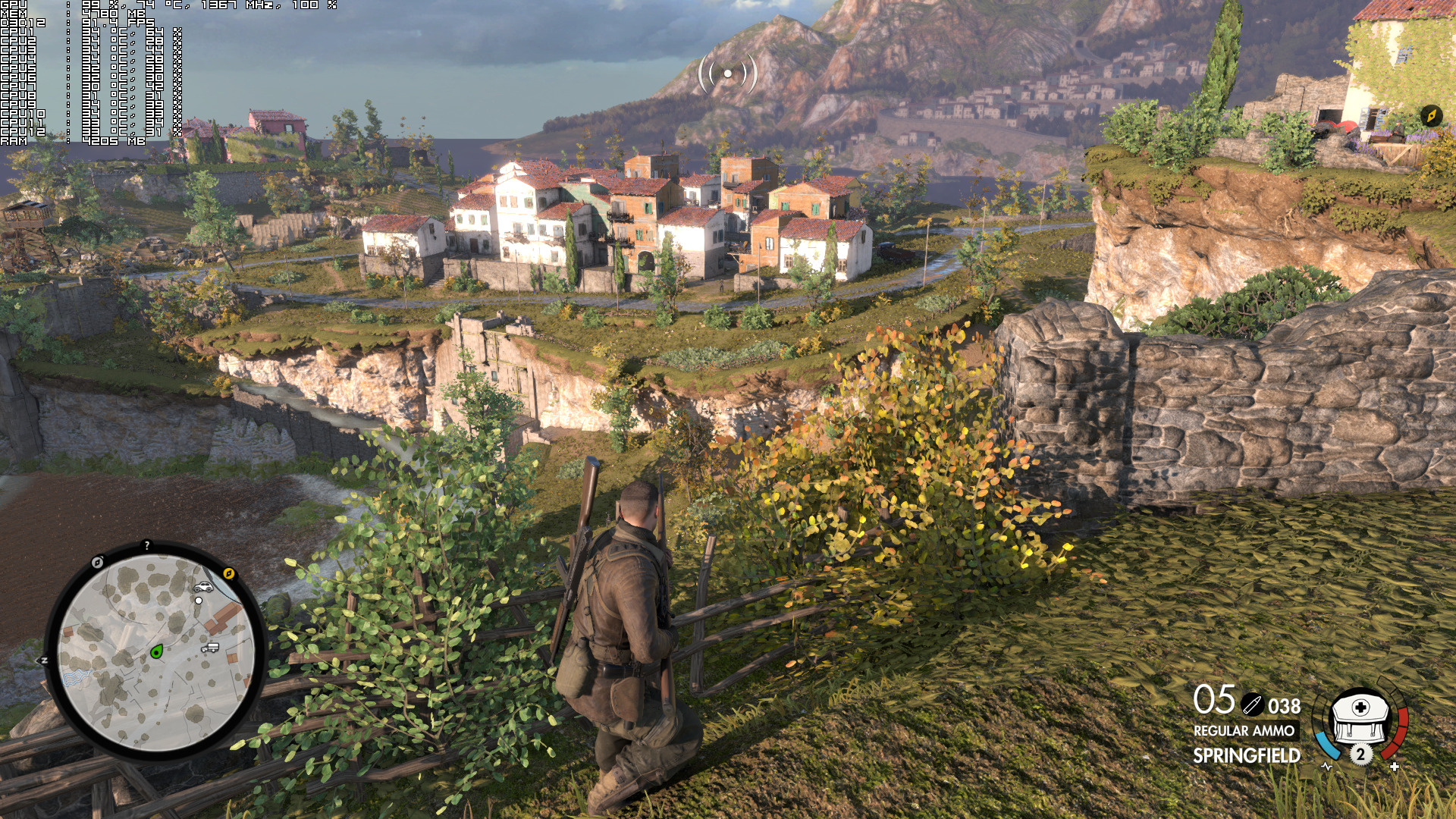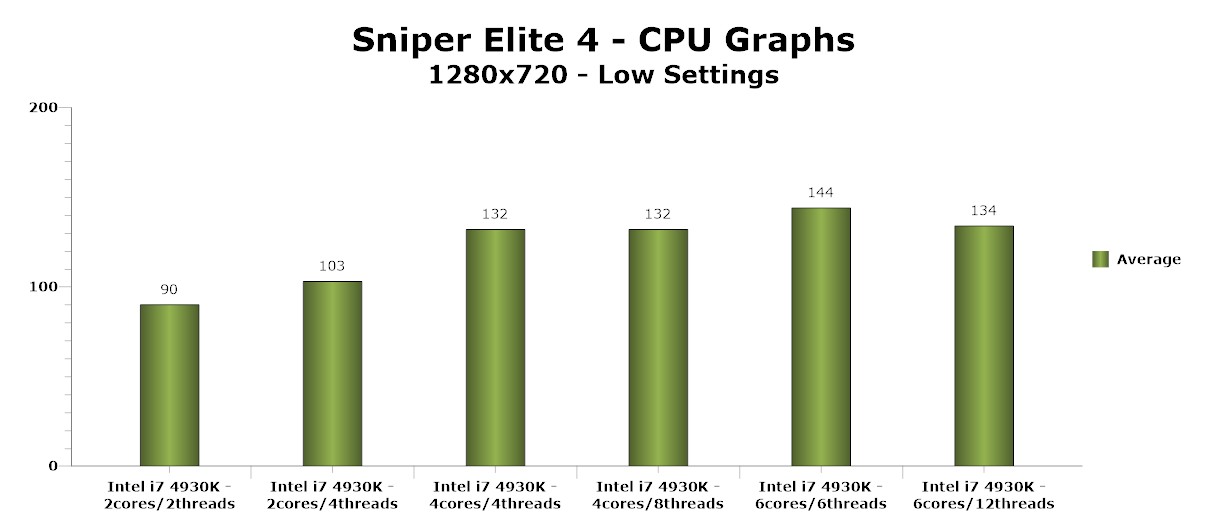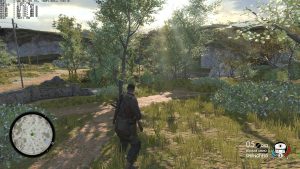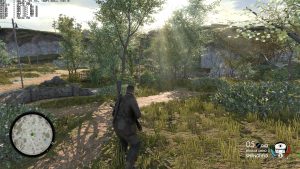Sniper Elite 4 is a new third-person tactical shooter stealth game with some really huge environments. Powered by the Asura Engine, Sniper Elite 4 supports from the get-go both DX11 and DX12. The game has just been released on the PC and after some really demanding official PC requirements, it’s time to see how this new sniper game performs on the PC platform.
For this PC Performance Analysis, we used an Intel i7 4930K (turbo boosted at 4.2Ghz) with 8GB RAM, NVIDIA’s GTX980Ti and GTX690, Windows 10 64-bit and the latest WHQL version of the GeForce drivers. NVIDIA has already included an SLI profile for this title, meaning that PC gamers won’t have to mess around with third-party tools in order to enable it. If, however and for whatever reason, you are still using an older version of the GeForce drivers, you can use the following SLI compatibility bits in order to force/enable SLI.
[nextpage title=”Settings, GPU and CPU metrics”]
Sniper Elite 4 comes with a respectable amount of options. PC gamers can adjust the quality of Textures, Shadows, Reflections, Anti-Aliasing, Draw Distance and Anisotropic Filtering. In addition, PC gamers can enable/disable Motion Blur, Ambient Occlusion, Tessellation and Obscurance Fields. Furthermore, there is an option to enable/disable Async Compute when DX12 is enabled, as well as an option to Reduce Mouse Lag in DX11 mode. And while there is an option to set the Render Scale, the game does not sadly feature any FOV slider.
Contrary to the official PC requirements of other titles, the ones for Sniper Elite 4 were spot on regarding its GPU requirements. On Ultra settings in 1080p, PC gamers will definitely an NVIDIA GTX970 or better. Our GTX690 was able to offer a stable 60fps experience with SLI enabled (though we had to lower our Textures in order to avoid various stutters due to VRAM limitations). In Single-GPU mode, the GTX690 could not offer an enjoyable experience on Ultra or High. But what do we consider an “enjoyable experience”? Well, it’s quite simple. An “enjoyable experience”is when a game is running with a minimum of 50-60fps. In order to hit that mark, we had to lower our settings to Medium.
Our GTX980Ti, on the other hand, did not have any trouble running Sniper Elite 4 with all its bells and whistles enabled. On Ultra settings and in 1080p, our GTX980Ti ran the game with a minimum of 91fps and an average of 120fps. In 4K, our GTX980Ti was able to push a minimum of 40fps and an average of 45fps.
From the above, it’s quite obvious that while Sniper Elite 4 needs an NVIDIA GTX970 or better GPU in order to be enjoyed on Ultra settings, it scales well on older GPUs. A single GTX680 is able to offer a stable 60fps experience on Medium settings, though the game’s visuals do take a big hit. Draw and shadow distance is greatly reduced, the quality of shadows is also decreased, grass lacks shadows, there is no tessellation at all, and the characters look less detailed due to the lack of Obscurance Fields.
What really surprised us with Sniper Elite 4 was its relatively low CPU requirements. In order to find out how the game performs on a variety of CPUs, we simulated a dual-core and a quad-core CPU. And before continuing, let us tell you that our simulated dual-core system was able to offer a stable 60fps experience, without any stutters at all.
Now while Sniper Elite 4 is mostly a GPU-bound title, we were CPU limited on Medium details in 1080p due to the game’s awkward single-thread CPU issues. Yeap, even in DX12, this game relies heavily on a single CPU core/thread. For our tests, we used the following scene.
That scene is one of the most demanding we’ve encountered as it stresses both the CPU and the GPU (due to the buildings and objects, as well as the numerous soldiers that are in the background). We also lowered our settings to Low and reduced our resolution to 720p in order to avoid any possible GPU limitation.
As we can see, our dual-core system was able to offer 90fps without Hyper Threading and 103fps with Hyper Threading. In short, this system did benefit from Hyper Threading. On the other hand, our simulated quad-core ran the scene with 132fps, and did not see any benefits with Hyper Threading. This proves that while Sniper Elite 4 stresses mostly one CPU core/thread, it can also scale incredibly well on multiple threads. Now assuming that our single-thread theory is correct, our hexa-core should be running the game faster without Hyper Threading. And we were right. With Hyper Threading, our Intel i7 4930K ran the game with 134fps. Without Hyper Threading, that very same scene ran with 144fps. Furthermore, we were able to replicate this multiple times, so it was not a statistical error from our end.
Now as we’ve already stated, Sniper Elite 4 is mostly a GPU-bound title. As such, these CPU limitations won’t be experienced by a large number of PC gamers. In other words, do not misinterpret our findings. Yes, there is indeed room for improvement. However, Sniper Elie 4 runs extremely well even in its current state. Not only that, but even with these CPU issues, the game can offer a stable 120fps experience (provided your GPU is powerful enough to offer such a thing).
[nextpage title=”Graphics, Conclusion & Screenshots”]
Graphics wise, Sniper Elite 4 is a beautiful game. Rebellion’s Asura Engine offers some truly great large environments, and the pop-in of objects and shadows is kept at a minimum. The character models are highly detailed (though they are not among the best we’ve seen), there are some lovely reflections throughout the game, and almost all light sources cast shadows. Animations are good (although not as smooth as we’d hoped), and most of the textures that have been used are of high-quality. And while Sniper Elite 4 won’t win prices for having the best FPS graphics, it is certainly pleasing to the eye.
Rebellion has also made it possible to switch quality modes on the fly, without the need of restarting the game. Therefore, you can find below some comparison screenshots between the game’s Low (left) and Ultra settings (right).
But what about DX12? Well, we did not notice any performance differences between DX11 and DX12. Contrary to other titles, Sniper Elite 4 ran almost the same under both of these APIs. As such, we suggest even NVIDIA owners to run this game under DX12 (with Async Compute enabled). According to various reports,
All in all, Sniper Elite 4 performs extremely well on the PC platform. The game can be fully enjoyed on GPUs that are equivalent to NVIDIA’s GTX690 with 4GB of VRAM, and looks great. Rebellion has offered a respectable number of graphics settings to tweak, so those with weaker GPUs can lower some settings in order to hit the sweet 60fps experience. Moreover, Sniper Elite 4 does not require a high-end CPU and can be fully enjoyed even on a modern-day dual-core CPU.
Enjoy!
Rebellion has provided us with a review code for this game

John is the founder and Editor in Chief at DSOGaming. He is a PC gaming fan and highly supports the modding and indie communities. Before creating DSOGaming, John worked on numerous gaming websites. While he is a die-hard PC gamer, his gaming roots can be found on consoles. John loved – and still does – the 16-bit consoles, and considers SNES to be one of the best consoles. Still, the PC platform won him over consoles. That was mainly due to 3DFX and its iconic dedicated 3D accelerator graphics card, Voodoo 2. John has also written a higher degree thesis on the “The Evolution of PC graphics cards.”
Contact: Email


